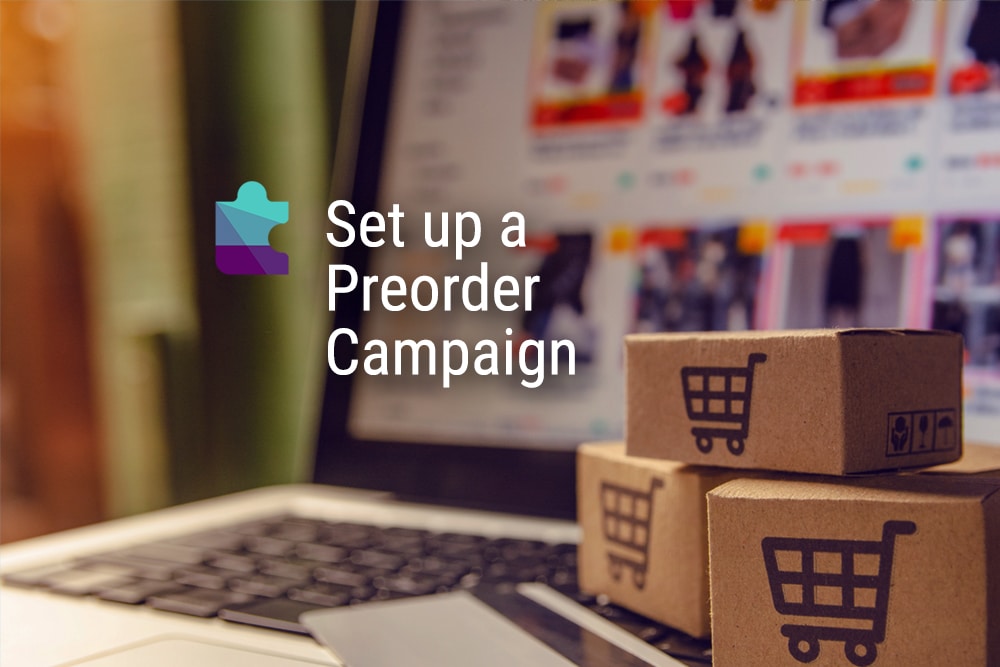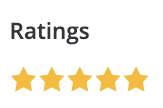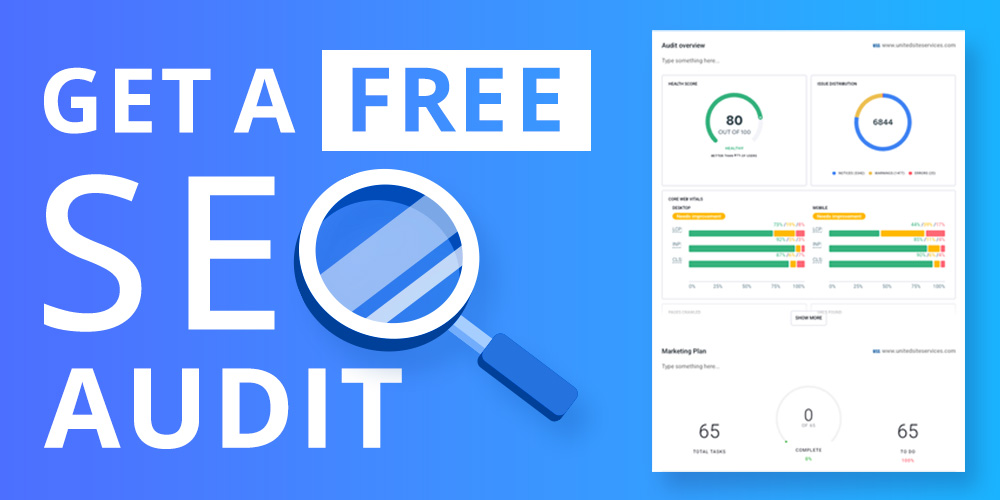


[av_video src='https://www.youtube.com/watch?v=YBNdFfn68EA&feature=youtu.be' mobile_image='https://brightvessel.com/wp-content/uploads/2020/04/bp-preorders-you-tube-banner.jpg' attachment='49436' attachment_size='full' format='16-9' width='16' height='9' conditional_play='' av_uid='av-qitwed' custom_class='']
Preorder campaigns can be done easily in Woocommerce by using the Preorders for Woocommerce plugin. There is a Free and Premium version to get you started and it is a quick setup.
Considered the best Woocommerce Preorders plugin and has a 5-star rating.

[av_video src='https://www.youtube.com/watch?v=1EF2dtXzBw4' mobile_image='' attachment='' attachment_size='' format='16-9' width='16' height='9' conditional_play='' av_uid='av-piovz9' custom_class='']
If you choose this option, the customer will be able to select a shipping date, and all products will be shipped together on that specific day.
That day will be limited to the latest preorder date available, for example, if the order has 3 different products marked as preorder ones:
Then, the minimum shipping date will be on the 1st of February (i.e: the minimum date when all products will be available).
If you choose this mode, the customer will get two different orders generated, one for preorder products and one for in-stock ones. For instance, if your order looks like this:
Then you will get an order which will be processed now, with products A and C, and then another order which will be shipped on the 1st of September.
If you choose this mode, then the customer will get one order for all in-stock products, and then one order for each pre-order product which will be shipped in each specific pre-order date.
Use this mode if you want to only allow your customers to either choose preorder products or available ones.
Preorder is when a company makes a product available for purchase before the release date or in stock. A preorder can be for both physical and digital goods.
The main reasons preorders are essential for online businesses are that they can generate income before being available and jump-starting the brand's customer journey allowing for tests in marketing, sales, and customer service.
Using a preorder strategy has allowed companies from small start-ups to well-established corporations to grow demand for a product among their customers before the official release date on the market. In addition to the engaging customer experience, manufacturers can use this as a strategy to assess demand. Overall, this is a helpful tool to build excitement, debug your customer service mechanisms, and smooth out your supply chains.
By the end of this article, you will learn how companies have become successful through early sales, how to set up your Woocommerce preorder pipeline, and the steps to follow to run and fulfill successful Woocommerce preorders like a pro.
Cash flow can be a business owner's best friend or worst nightmare. By pre-selling your products, you can generate the necessary cash flow to be able to re-invest in your next round of manufacturing.
A preorder helps you build relationships with customers. Instead of a "one and done" transaction, you have the opportunity to collect customer information and build drip email campaigns up until the product is delivered. You have a built-in framework for multiple organic touches with every customer that they'll pay attention to - a priceless commodity!
Play your cards right, and your preorder customers will become brand allies. If they love your product, they can act as the best outside marketing team money can't buy. Loyal brand believers will spread positive news about your product, which will attract more customers to your business.
Preorders for Woocommerce are a great way to leverage your audiences to build excitement and momentum for a new product or the return of a high demand product. It's the digital equivalent of standing in line for tickets to an exclusive event. So how do you do it? Just follow these steps:
You need a game plan. You should create a relatively small and targeted preorder push, especially if you're a new business. This applies to both the number of preorders you accept and the number of items you make available on preorder. That way if something goes wrong, then you can correct the mistake quickly before opening up to larger audiences. In addition to that, starting with a smaller group helps you keep a close eye on the experience that your customers are having while ordering, receiving, and using your product.
Keeping things tight also gives a company more of a chance to interact with early customers. It's an agile approach that allows you to listen to everyone's opinion and make well-informed decisions about your next steps.
Your customers should pay for early sales through the same channel that regular sales will be done. Set everything up to be able to connect your merchant services provider with your website so the experience is a seamless one. Then - and we cannot say this enough - TEST IT! Make sure it works before you send customers there. This is the best shot you have at testing everything in a low stakes environment. Also, consider all the ways a customer may want to pay and make sure you can accommodate as much as you're able. For example, if you sell higher-priced items you may want to enable lines of credit or purchase plans like Affirm. Customers like options, so enabling direct payment with a card alongside platforms like PayPal provides maximum flexibility.
Single-page funnels are king these days. This is especially true for pre-sale campaigns where you want to draw attention to a single product. You must make navigating through the preorder payment page an easy task for your customers. You should have a simplified page dedicated exclusively to the campaign as compared to browsing through every product on the website. It's important to keep the sales page clear, simple, and easy to buy from. To make the page more exciting, you can add short videos, and drop in a few compelling images of the product.
Take the time to think through your user experience from start to finish. What do you want the customer to think and feel when they learn about you? When they visit your website? When they anticipate the product and use it for the first time? Everything should revolve around this. Set up automation wherever you can to reduce your labor. Some opportunities for automation include:
...you get the idea. Do not over automate your programs or be repetitive, but do it enough so that your user experience is consistent and well thought out.
You've set up a killer landing page, configured all of your merchant processing, cued your automation, and scheduled your fulfillment date. What's left to do? Testing!
The only way that you can know if your purchasing sequence is a success is by trying it first yourself before involving the outside world. If any issues arise, you can easily correct them. This one step can save you the financial and opportunity cost of having customers hit roadblocks on their way to buying your products.
And don't just do it once. Be thorough. Purchase your product through different browsers, because not everyone uses the same browser in purchases and they may present different issues. Another helpful tip is to try checking out on computers, tablets, and smartphones. It is important to do this so that you can confirm if:
You must do several tests to ensure that your customers are going to be happy with your work. If you have friends and family that you trust as guinea pigs, have them do it as well and give you their feedback.
You can refund the purchase, delete test accounts or issue coupon codes if you want. The point is to make sure that your campaign is vetted before you open it up to the general public. Be warned: if you let customers try the purchasing sequence before you do, you are running the risk of creating preventable customer service headaches.
No one can know whether you have opened up for early sales until you tell them. There are always early adopters waiting for this type of announcement so that they can be among the first to get a new product. Build anticipation with posts on social media. Try a countdown approach, and always link back to the landing page you made. If you have a particular market in mind for your product, target ads on search engines and social media platforms to those demographics to draw attention to your product. You can also do this with video campaigns on YouTube. Keep track of the orders coming in and the engagement on your paid content so you can calibrate your investments in this space to hit the sweet spot of your market.
Now is not the time to let your ego run free. You've got customers and they've got expectations, so buckle down and grind! Without customers - and happy ones at that - any business can crumble in a heartbeat. It is important that you keep track of your customers, go through their reviews, and stay on top of responding to emails. When you see an opportunity or need to adjust your approach, do it. The reality of your customers' experience may diverge from what it is in your head. Stay flexible and tuned in so you can remain responsive and deliver on the promise. Don't be afraid to ask for feedback. You always want to strive for good reviews. Keep in mind that less than stellar reviews can help you grow a more sustainable business and the review being public is a chance for you to engage a customer and turn around their experience. Look at it as a fantastic opportunity and seize it!
Early sales can be crucial to the success of a product launch. New business is always a risk. Selling online presents endless opportunities, but also a high chance of getting lost in the noise. Putting in the effort to set up preorder sales and focus on generating customer awareness in advance can help you build buzz without over-extending your capacity.
Some rockstar products sell out preorders in minutes or hours, but most have a slower burn. That can vary wildly depending on your online presence and customer base before offering a preorder, how much marketing and advertising you do in the lead-up, and how much inventory you make available for sale. Here are a few best practices to help fill your preorder pipeline:
By taking the time to set up your preorders for Woocommerce, test them thoroughly, and use tools to follow through with each customer from beginning to end, you'll manage all your preorders with maximum success and minimum stress.
Make sure to leverage all of the tools at your access, including Woocommerce preorder plugins that allow you to fine-tune your preorder experience from every angle.

"*" indicates required fields

"*" indicates required fields

"*" indicates required fields
You must be logged in to post a comment.